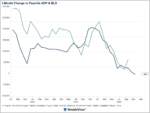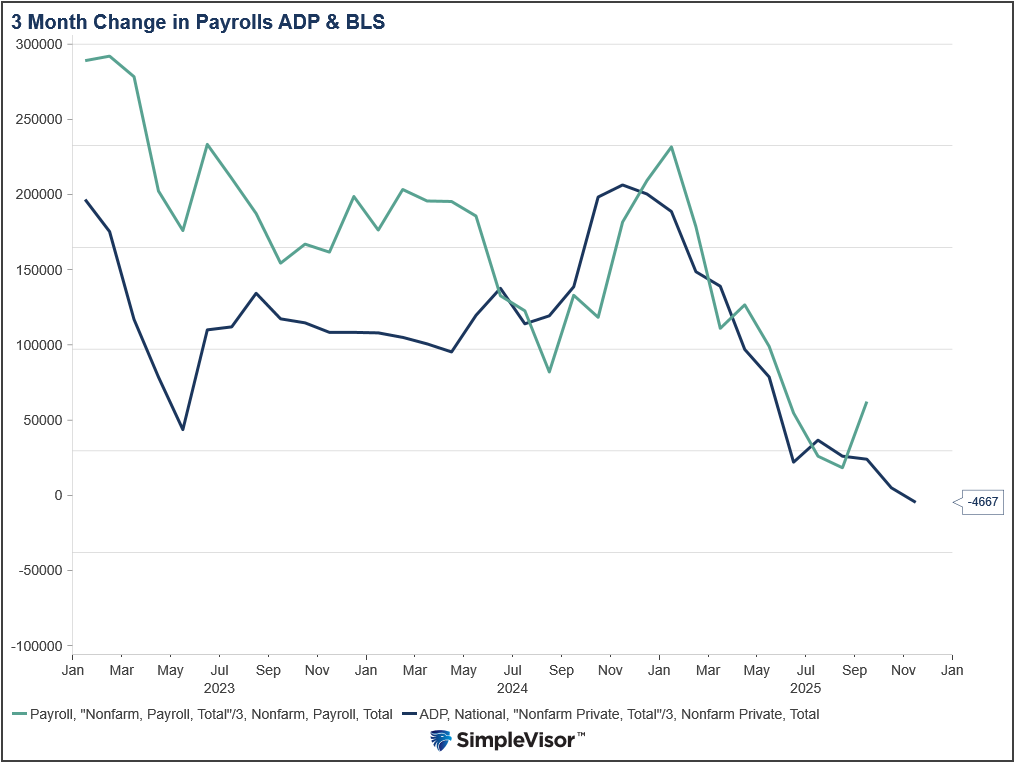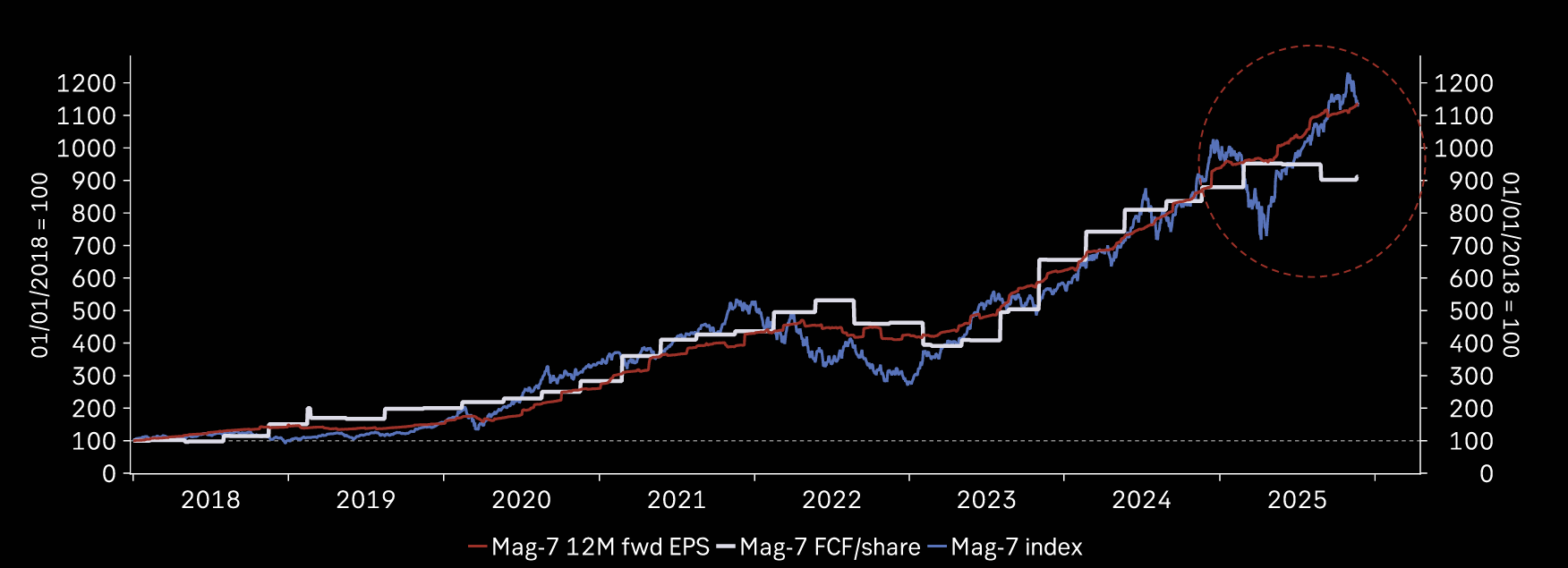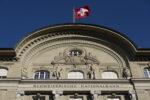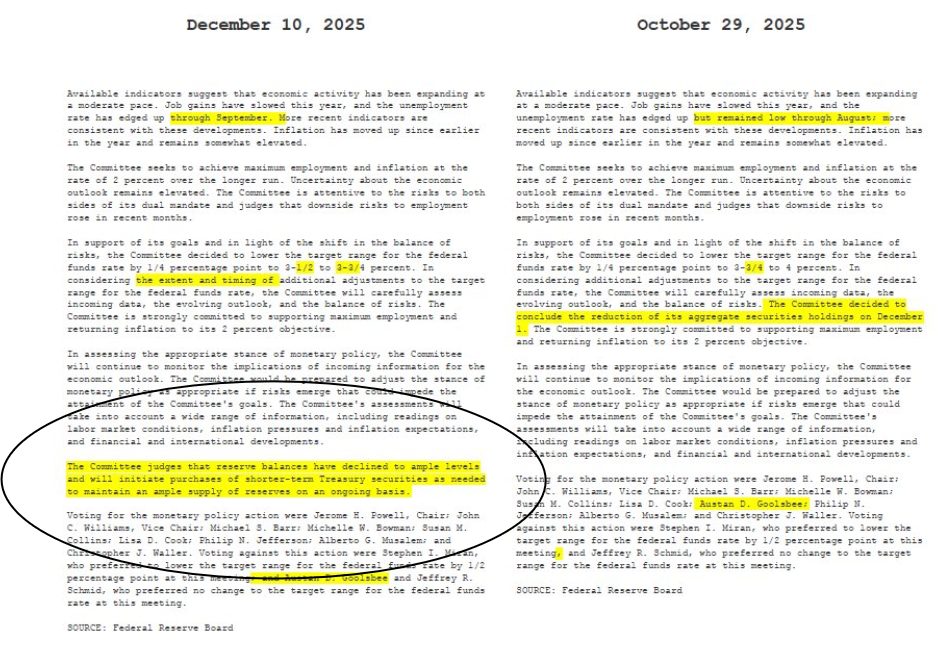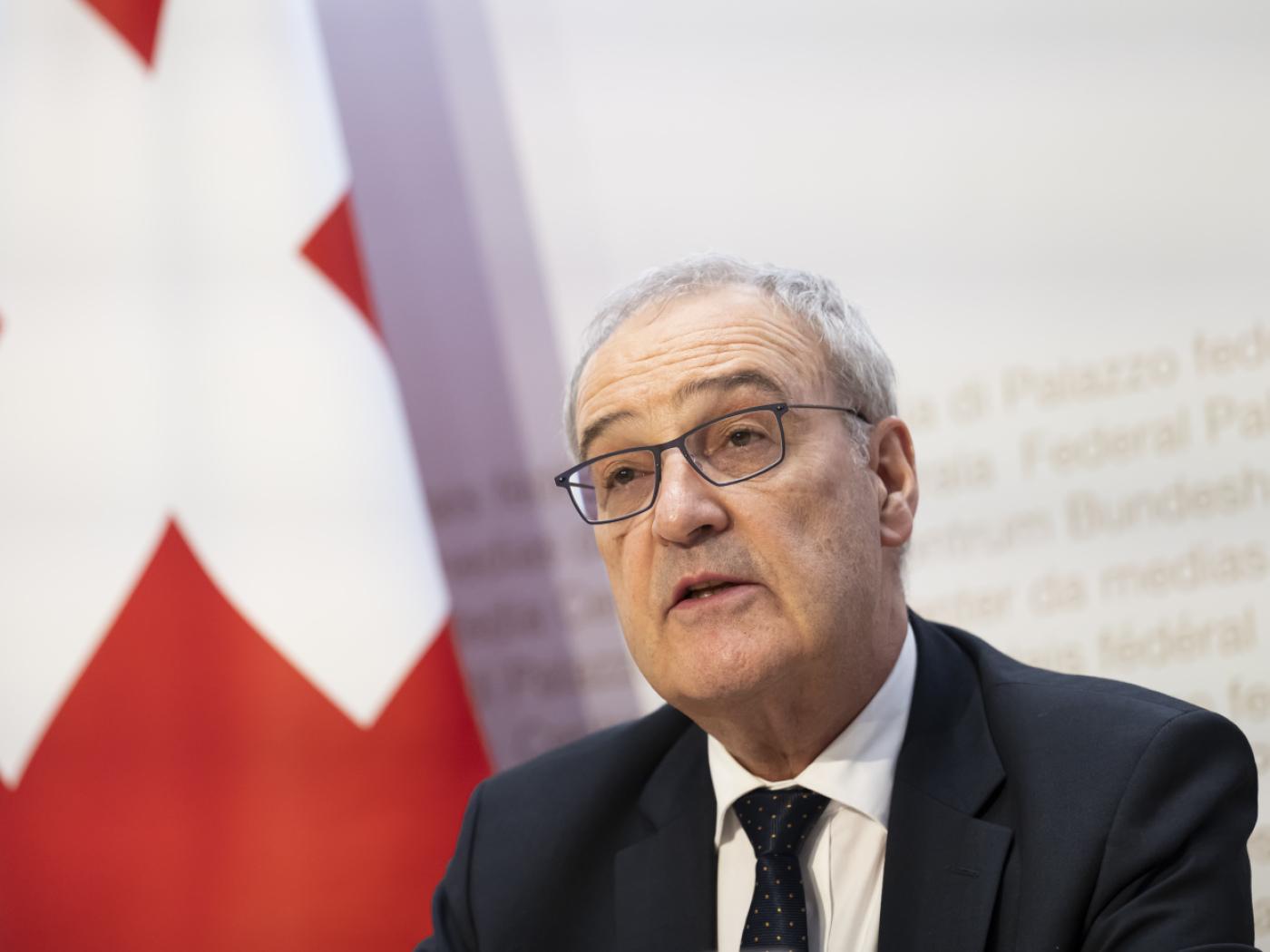Overview: The global capital markets are calm today. Most of the large bourses in the Asia Pacific extended yesterday’s gain. Europe’s Stoxx 600 is advancing for the third consecutive session and is near two-and-a-half week highs. US futures are around 0.5% higher. Benchmark 10-year yields are rising, with German and French rates 9-10 bp higher. Peripheral yields are also higher, but the spreads have narrowed a few basis points. The US 10-year yield is three basis points higher after rising seven yesterday. The Canadian and Australian dollars are leading the majors higher, while the yen, New Zealand dollar, and sterling are struggling. Emerging market currencies are mixed. The Hungarian forint has joined a handful of Asian currencies in gaining against the dollar today. The Hungarian central bank is expected to hike its deposit rate today. The JP Morgan Emerging Market Currency Index is off about 0.15% today after gaining 0.2% yesterday. Gold was turned back from the $1840 area yesterday and fell to around $1820. It is consolidating below $1830 today. Amid concerns that political problems may cut into Libyan and Ecuadorian oil production and exports is helping keep August WTI firm. It is trading near a six-day high just below $112. The charts look bullish, suggesting another run at $120. US natgas is edging higher after rallying 4.25% yesterday. Europe’s natgas benchmark is off 1% for the third consecutive decline. Iron ore rallied 5% yesterday and is up another 3.2% today amid growing optimism that China’s economy is turning the corner. September copper is up nearly 2% after a 0.5% gain yesterday. If sustained, it would be the biggest gain in three-and-a-half weeks. September wheat is recouping yesterday’s 2% drop, plus a little more.
Asia Pacific
According to the local press reports, the BOJ's holdings of Japanese government bonds surpassed the 50%-mark for the first time. As of June 20, the BOJ owned JPY514.9 trillion of the JPY1,021.1 trillion outstanding. It does not appear to be a point of discussion in anticipation of it at the last BOJ meeting. Some speculators think that the BOJ's policy is untenable, and it will be forced to change. Governor Kuroda and the BOJ stood fast earlier this month defying, but not defeating such expectations. A change in policy would be easier if the markets were not forcing it. Arguably the BOJ is playing for time. If recession fears help cap European and US yields pressure on the yen may subside a bit and give the BOJ more breathing space from the self-imposed 0.25% cap on the 10-year yield.
The US is determined to send unequivocal signals to China that it is not distracted by Russia's invasion of Ukraine. Several Asia Pacific allies (South Korea, Japan, Australia, and New Zealand) are attending the NATO meeting. From the G7 meeting comes the resurrection of the US-led proposed alternative to China's Belt-Road Initiative, launched in 2013. It is a $600 bln five-year public-private initiative. The target is lower- and middle-income countries. The focus is climate change, health, gender equality, and digital integration. Separately, NATO will reportedly recognize China as a "systemic challenge."
The dollar pushed higher against the yen, reaching a three-day high near JPY135.80 in early European turnover. Intraday momentum indicators are stretched, but a further advance could test last Thursday's high by JPY136.30. The lower end of what may be a new range is around JPY134.25. About JPY137.50 bln of 5-10-year government bonds were sold to the BOJ today after no take up yesterday. The Australian dollar is firm but remains below the $0.6975-$0.7000 cap. Initial support may be found around $0.6940 now. China will cut the quarantine time in half to about 10 days for inbound travelers. The press reported this as the biggest shift in zero-Covid policy to date. Chinese stocks extended their rally and Chinese bond yields edged higher and is approaching a three-month high (~2.84%). The dollar traded in a wider range than Monday but is little changed on the day, around CNY6.6870. The PBOC set the dollar's reference rate at CNY6.6930, a little above expectation (CNY6.6925, median projection in Bloomberg's survey). Still to come this week is China's June PMI where the composite may have returned above the 50 boom/bust level for the first time since February.
Europe
UK Prime Minister Johnson hinted at the possibility of another gasoline tax break. The cost-of-living crisis is among the many pressures the government must feel, having survived a vote of confidence but still wounded. At the end of the first quarter Chancellor of the Exchequer Sunak announced a five pence liter cut in the fuel tax, and of course, prices have only gone higher. The government's revision to the Northern Ireland Protocol survived the initial challenge in the House of Commons yesterday. Next is the committee stage where amendments can be considered. There is speculation in the press that a few Tory MPs may switch to Labour. Meanwhile, the market has a 50 bp BOE rate hike practically fully discounted for the next meeting on August 4. The swaps market anticipates 165 bp of tightening over the course of four meetings in H2. The peak rate was seen slightly below 3.80% on June 16, fell to about 3.10% at the end of last week and is near 3.20% now. Sterling has gone nowhere recently. It has been stuck in the same, albeit, wide range, set on June 16 (~$1.2040-$1.2400).
The market is still mulling the ECB's new fragmentation tool. Ironically, many of the objections or pushback by economists and other observers were not addressed to the Outright Market Transactions (OMT) that then ECB President Draghi unveiled a decade ago next month. It was part of the teeth in Draghi's pledge to do "whatever it takes" to preserve the euro. It called for purchases of short-term bonds that would be neutralized/sterilized to draw a distinction between it and QE. OMT would be triggered by the country under pressure, and they would have to sign on to odorous conditionality that deterred it from being used. Now, it seems that the ECB would trigger the new tool because the fragmentation would interfere with its ability to pursue an effective monetary policy. There is a push for lighter conditionality.
The euro is trading at the upper end of its two-week trading range. Yesterday, it tested $1.0615, which is the (61.8%) retracement of the euro's decline since the high on June 9 (~$1.0775) when it reversed lower after the ECB meeting. Some of the buying yesterday may have been related to the 970 mln euro option that expires today at $1.06. Support is seen in the $1.0560-$1.0570 area. Separately, yesterday, the euro rose to a new record high against the Hungarian forint (~HUF404.75). It has come back lower ahead of the Hungarian central bank meeting, which is expected to hike the deposit rate today by at least 50 bp. We suspect the move may be larger. Before last month's 50 bp increase, the central bank had hiked by 100 bp in both March and April. Inflation has accelerated and the one-week deposit rate has been lifted by 80 bp since the deposit rate's last increase. Sterling has been confined to less than half of a cent range today above $1.2250. The intraday momentum studies favor continued narrow range trading today.
America
The Atlanta Fed's GDPNow ticked up to 0.3% for the quarter that is ending. That is an annualized rate, which means for practically purposes the economy stagnated. It also remains at the low end of forecasts. In Bloomberg's survey with 58 responses, only three look for sub-1%. The recent string of worse than expected data has been snapped beginning at the end of last week with the 10.7% jump in new home sales. Economists were looking for a slight decline. The April data were revised to show a smaller fall. Yesterday's core orders and shipments were stronger than expected. Pending home sales rose 0.7% instead of drop by 4% as economists forecast. Still, as last week's flash PMI reported suggested, the survey and sentiment measures seem to be deteriorating faster than the real sector. The Dallas Fed's June manufacturing survey fell to a two-year low of -17.7. Economists in Bloomberg's survey looked for a little improvement from May's -7.3.
There is another slew of data today. The May trade and inventory data are the most important for GDP calculations. April house prices are unlikely to spark to allocations and the Conference Board's consumer confidence thunder has been stolen by the University of Michigan's reading, which is at levels usually associated with recessions. The Conference Board's measure has held up better. Yesterday, the US Treasury raised $93 bln in two- and five-year note sales. Both generated a tail (the difference between the high yield at the auction and where it was in the when-issued market. Today, they go back to the well with $40 bln seven-year notes. That will be the last coupon sale until a three-year note auction on July 11. NY Fed President Williams will appear on CNBC. He rarely is off message these days and can be expected to reiterate much of what Chair Powell has already indicated. The San Francisco's Daly is also speaking. She concurred that the discussion is between 50 and 75 bp in July. The market is still giving the Fed a greenlight for another 75 bp rate hike, though there is much data before the meeting.
The Canadian dollar is extending its recovery against the greenback today. The US dollar finished last week below CAD1.29 support. Follow-through selling yesterday tested the CAD1.2860 area, the neckline of a possible head and shoulder topping pattern we have been monitoring. It pushed through the neckline today to a 12-day low near CAD1.2820. The measuring objective of the topping pattern is around CAD1.2660, which is slightly beyond the 200-day moving average (~CAD1.2675). The intraday momentum studies warn that additional greenback losses early in the North American session may be hard to come by. The CAD1.2860-CAD1.2870 may now serve as resistance. The Mexican peso rose by nearly 2.4% against the US dollar last week, the most in three months, and is consolidating those gains yesterday and so far today. The dollar could firm toward MXN20.00. A move above MXN20.08-MXN20.10 would improve the greenback's technical tone. Yesterday's May trade shortfall was about $330 mln larger than April. On Friday, Mexico reports May remittances. The projected increase likely covered the bulk of the trade deterioration.
Full story here Are you the author? Previous post See more for Next post
Tags: #USD,Bank of Japan,China,Currency Movement,ECB,Featured,Federal Reserve,newsletter,U.K.,US
















